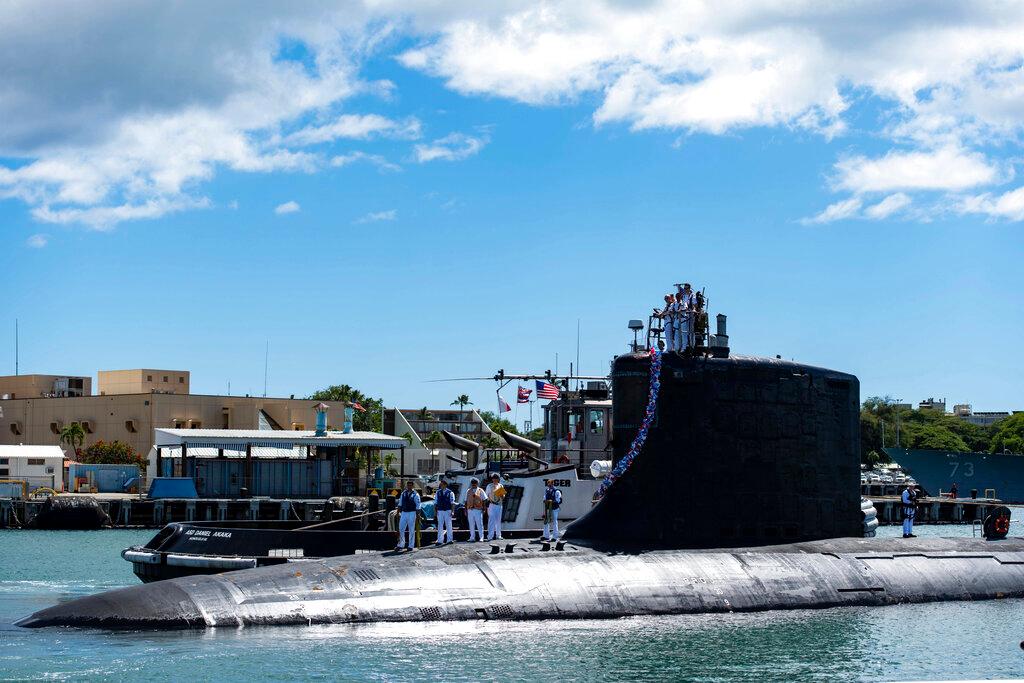Senators on the Foreign Relations Committee are concerned that the United States doesn’t have enough nuclear submarines to properly defend itself after striking an agreement to supply Australia with U.S. submarines.
The senators made the remarks during a Sept. 6 hearing in which officials from the State and Defense departments testified on the trilateral security pact between Australia, the UK, and the United States, known as AUKUS, announced in September 2021.




